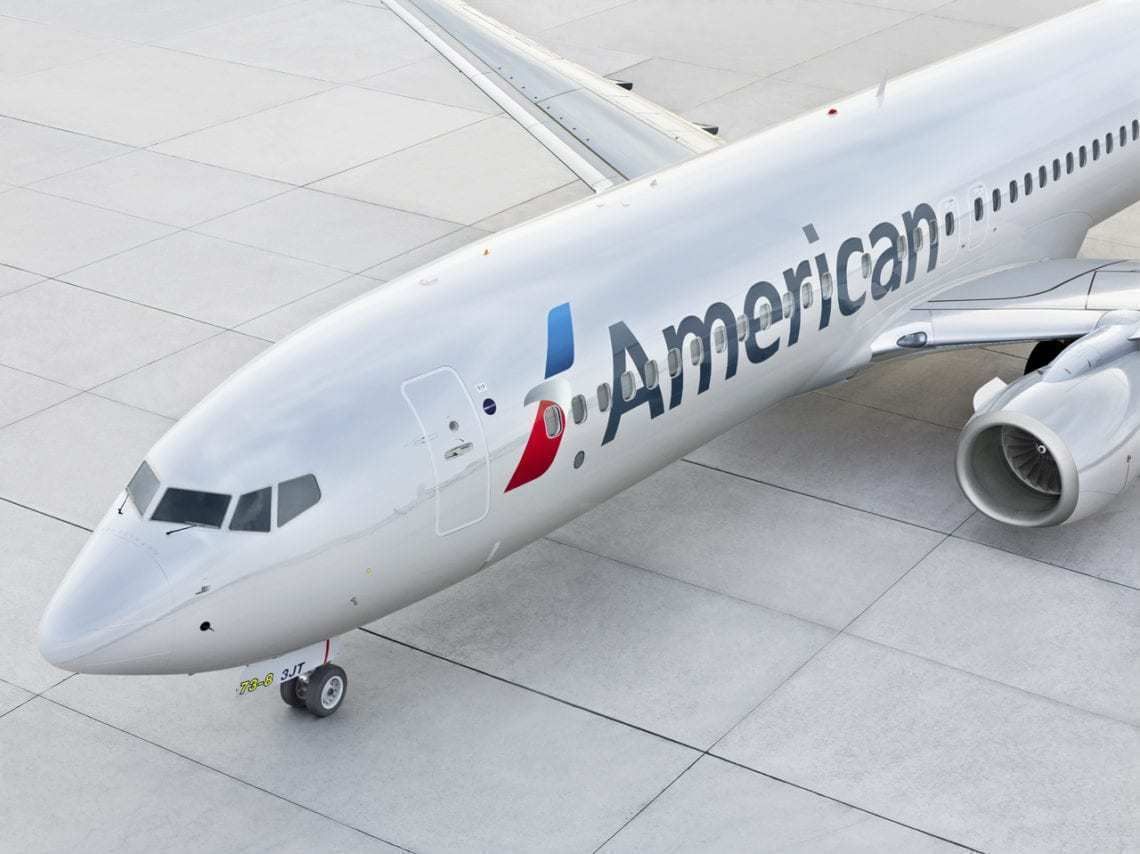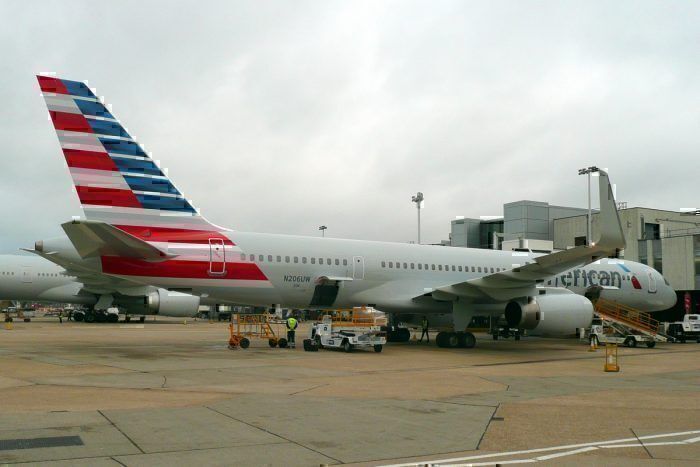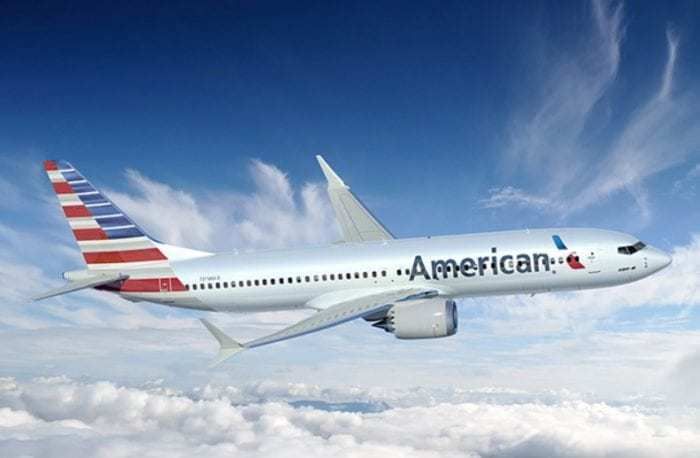American Airlines, the second biggest operator of the 737 MAX in the US, has bolstered its commitment to return the jet to service in November 2019. Reported route filings show an additional eight routes slated to receive MAX service throughout November and December, accounting for more than 170 flights in total.
The newly scheduled MAX routes
Routes Online report that, over last weekend, American Airlines submitted a schedule update relating to 737 MAX 8 services. Although filed on a time-limited basis, the addition of the MAX on more routes from November signifies a level of confidence in the aircraft’s return to service that we’re yet to see from any other operator.
The newest MAX schedules are as follows:
- Charlotte – St. Louis: From 9th November and 16th November
- Chicago O’Hare – New York LaGuardia: From 3rd November to 3rd December daily
- Chicago O’Hare – Orlando: 21st November to 3rd December daily
- Dallas/Fort Worth – Las Vegas: 21st November to 3rd December daily
- Dallas/Fort Worth – Orlando: 21st November to 3rd December daily
- Dallas/Fort Worth – Seattle: 1st December
- Los Angeles – Nashville: 3rd November to 20th November daily
- Phoenix – New York JFK: 28th November
The additional services on MAX aircraft from November 3rd is a mark of American Airlines’ optimism for the return to service of the aircraft. However, the fact that they are on a time-limited basis suggests that confidence is not as high as it potentially could be.
If Boeing does not get the MAX back into service by the start of November, American just put themselves at risk of cancellation of more than 170 new services. At the current time, American and United both have flights scheduled from November onwards using the MAX, whereas Southwest Airlines has removed the aircraft from schedules through to 2020.
Capacity issues at AA
American Airlines is behind only Southwest in terms of their dependence on the 737 MAX. With 24 in its fleet, having so many new aircraft grounded has hit the carrier hard. In its recent investor report, American Airlines said that,
“The company has canceled all 737 MAX flying through November 2, 2019. In total, the company presently expects the 737 MAX cancellations, which are assumed to extend through November 2, 2019, to negatively impact its 2019 pre-tax earnings by approximately $400 million.”
It went on to say that it was extending the operating life of some of its older aircraft to make up capacity. This included some A320s, 737-800s and 757-200s.
As well as the problems with the MAX, American Airlines have been struggling with industrial action from mainline mechanics. Disputes over working conditions and pay have seen slowdowns in aircraft maintenance and coordinated absences, which have hit American’s capacity even further.
As a result, the airline is currently canceling around 115 flights per day, and in July it removed the 737 MAX from schedules through to November. Over the second quarter, American said they had canceled around 7,800 flights, with 4,000 canceled in June alone.
American’s optimism
Despite the impact on American’s operations, their leadership team has remained confident throughout the process that the outcome will be a success. Previously, they have shown confidence in Boeing’s timescales, and have even said that their executives will be the first to fly on the re-certified aircraft.
However, with each week that passes, it seems another problem is found with the plane. Most recently, the addition of a second CPU is seen as necessary to fix the flaws and, following a heavy loss in Q2 2019, Boeing has mooted even shutting down the production line temporarily as they struggle to store the undeliverable aircraft.
While it’s good to see AA being optimistic about the MAX’s return to service, it also has to be asked just how realistic is this? As the primary problem remains yet to be addressed, uncertainty hangs heavy over Boeing’s bestselling aircraft; could American’s confidence turn out to be misplaced?



